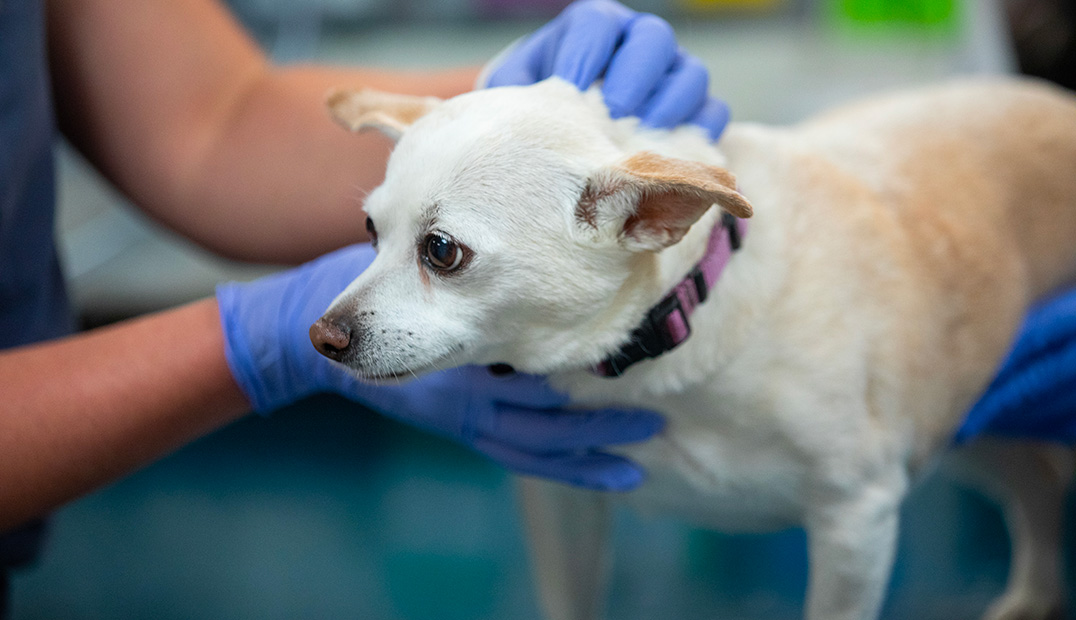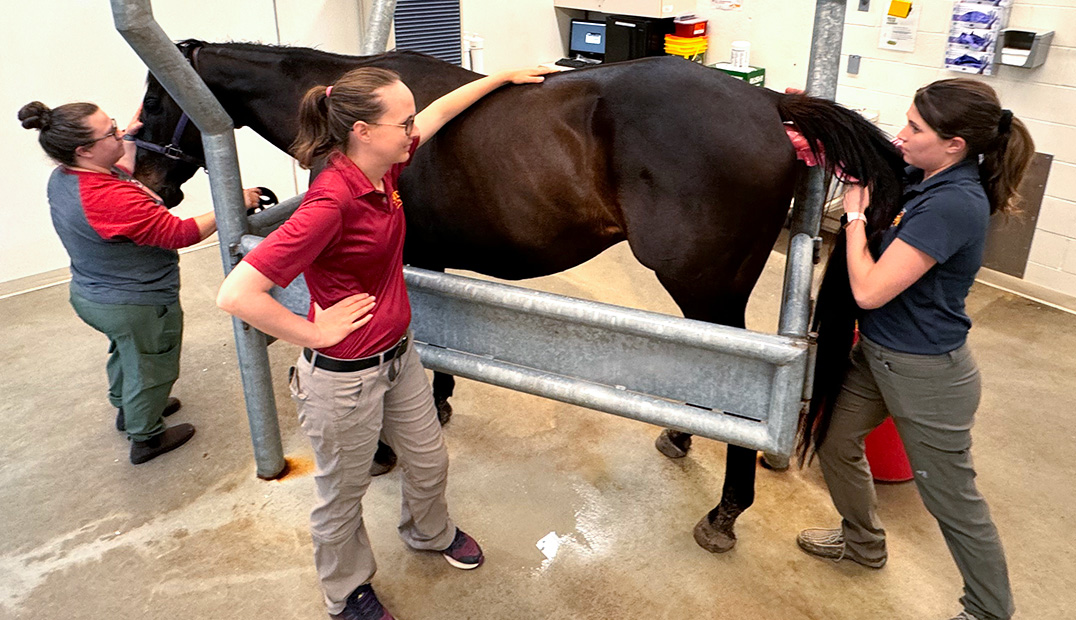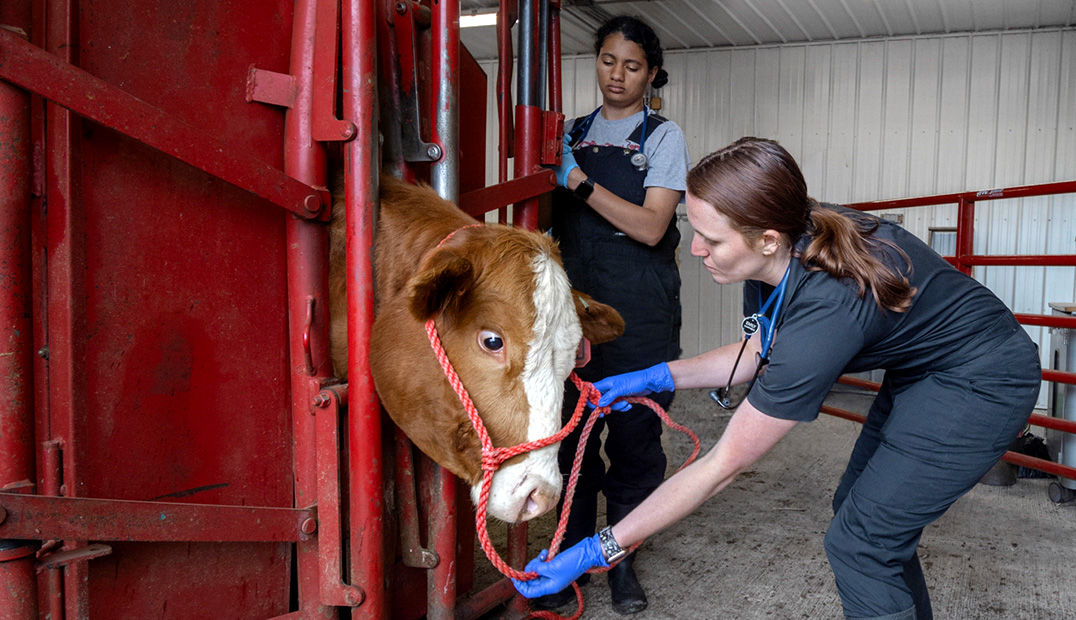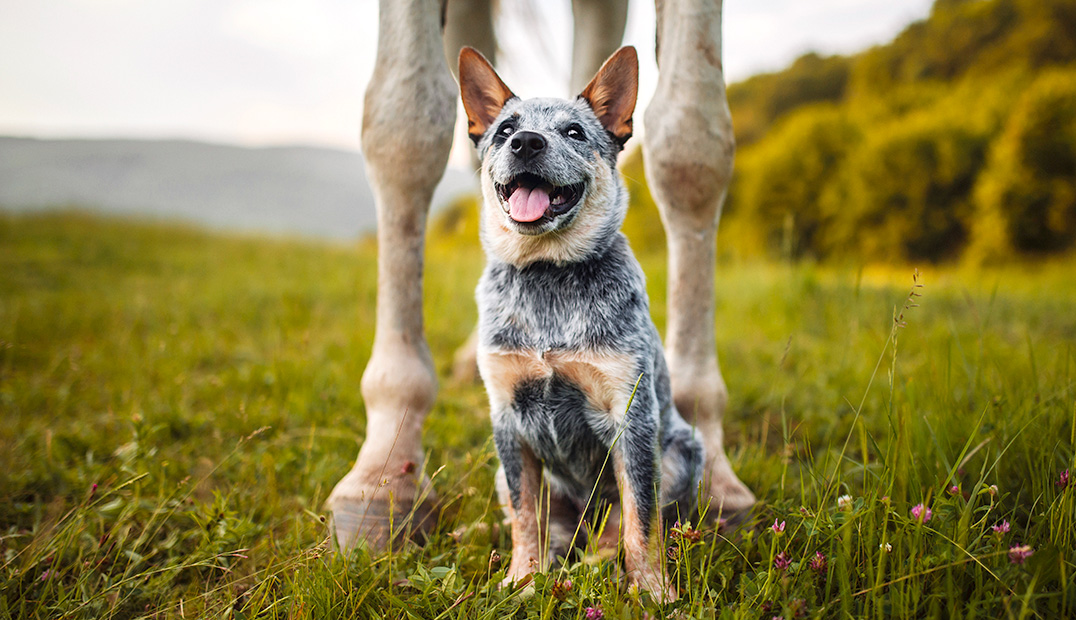Small Animal Option
Students taking the Small Animal Option in the fourth year take two-week rotations which are multi-species oriented and exist in all types of clinical practice. All students, regardless of which fourth-year option, must take small animal medicine, small animal surgery, equine medicine, radiology, primary care, anesthesiology, intensive care/emergency medicine, food animal medicine and surgery, and necropsy and clinical pathology.
Students in the Small Animal Option are required to take courses in small animal medicine, soft tissue surgery, orthopedic surgery, and ophthalmology.
Additional elective rotation choices include oncology, canine rehabilitation, neurology, dermatology, cardiology, and veterinary dentistry. Students may repeat some rotations. Fourth year students also may use external experiences for credit including preceptorships.




